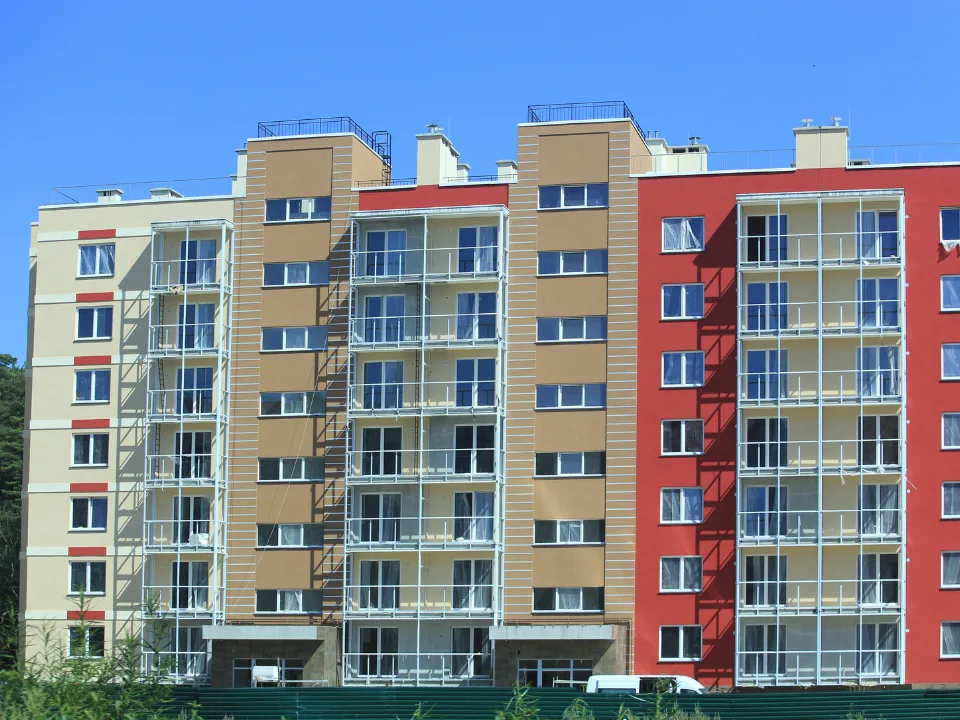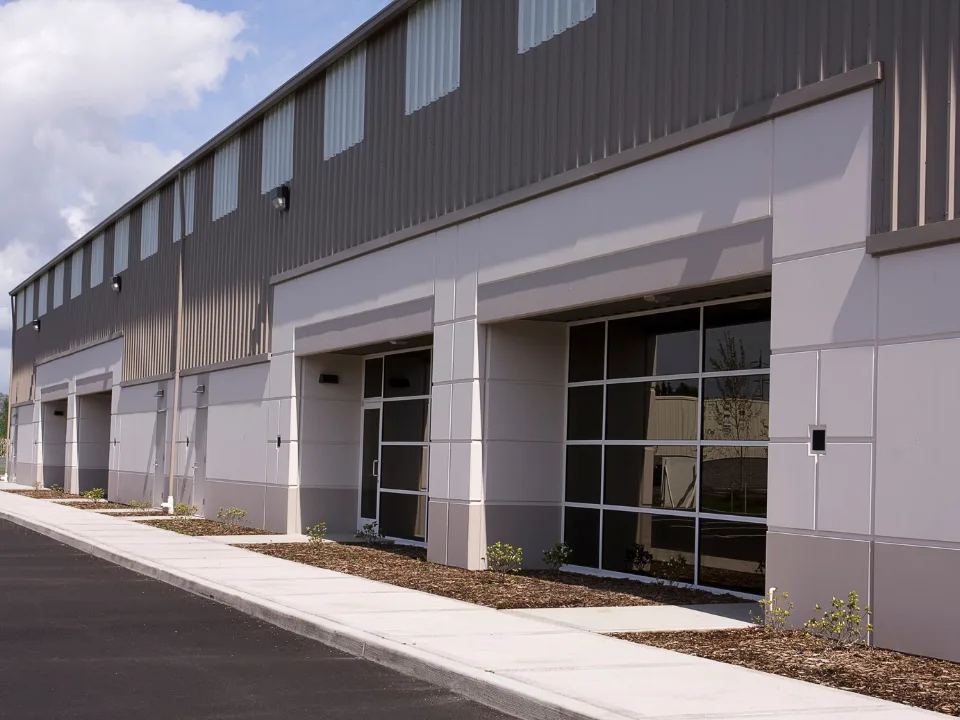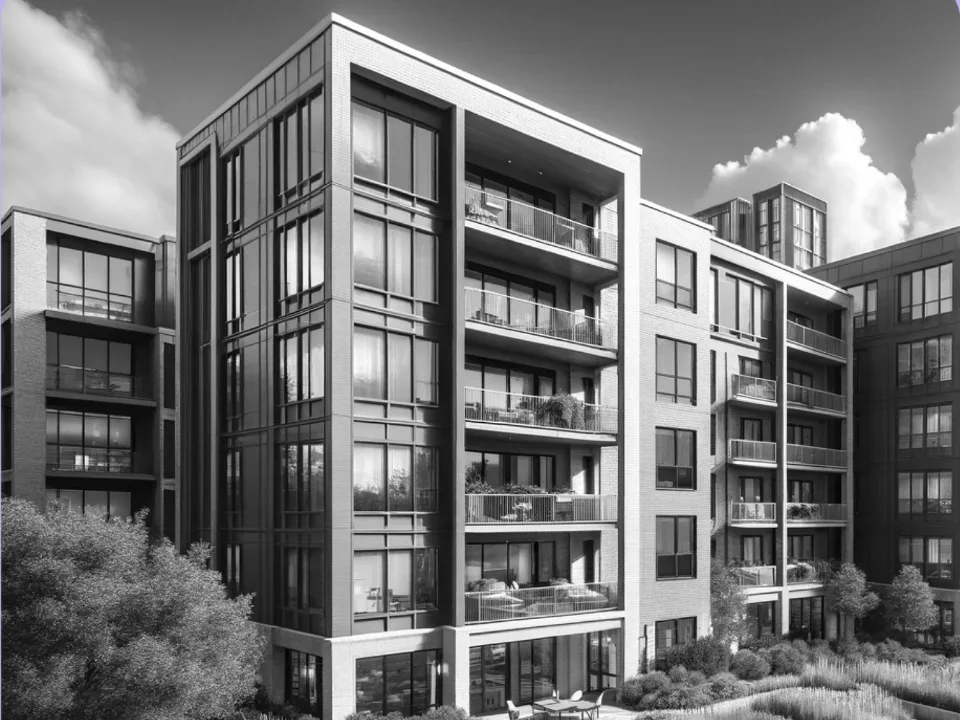- FHA will reduce all multifamily mortgage insurance premiums (MIPs) to 25 basis points, the minimum allowed by law.
- Current MIPs range from 25 to 95 basis points, so many borrowers will see major cost savings.
- The change aims to lower financing costs and support more rental housing production.
- HUD will eliminate three special MIP categories introduced in 2016 for green and affordable housing.
FHA Moves to Lower Borrowing Costs
As reported by the NAHB, the Federal Housing Administration plans to cut all multifamily premiums to 25 basis points. HUD will publish the proposal in the June 26 Federal Register. This new rate matches the statutory minimum and simplifies the current system, where MIPs range up to 95 basis points.
NAHB supports the change, calling it a win for builders. The reduced rate should help developers manage rising costs and move forward with new rental projects.
When Will It Take Effect
The new rates will apply to any FHA multifamily loan application submitted or amended after the effective date. The loan must not have already been endorsed. NAHB expects HUD to finalize the changes later this summer, after a 30-day public comment period.
Get Smarter about what matters in CRE
Stay ahead of trends in commercial real estate with CRE Daily – the free newsletter delivering everything you need to start your day in just 5-minutes
Three MIP Categories Will End
HUD also plans to remove three special MIP categories created in 2016:
- Green and Energy Efficient Housing
- Affordable Housing
- Broadly Affordable Housing
These categories offered reduced multifamily premiums, but they excluded market-rate projects. HUD says the programs no longer align with current policy goals. The agency also found that high MIP rates made its market-rate program less competitive.
Green Projects Still Have a Path Forward
Even without the green MIP discount, NAHB urges developers to keep building sustainable housing. It recommends using the ICC 700 National Green Building Standard (NGBS). This ANSI-approved standard offers a flexible, cost-effective way to build green. Many developers already use it, especially in the multifamily sector.
Why This Matters
The FHA’s move could make multifamily financing more attractive, especially for market-rate projects. By lowering upfront costs, the change may help expand the nation’s rental housing supply.
Developers now have a chance to weigh in. NAHB plans to submit comments in support of the new rates before the 30-day deadline ends.

















